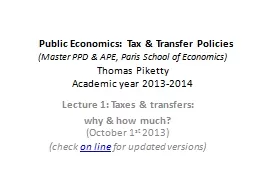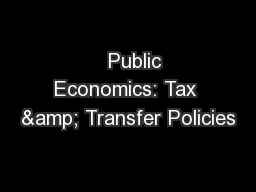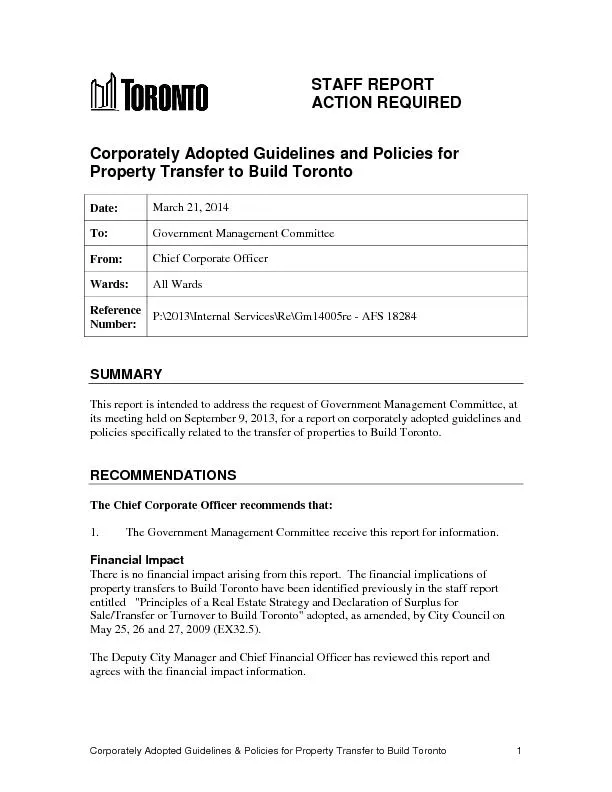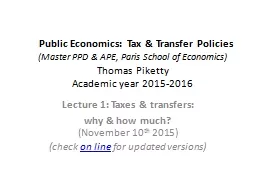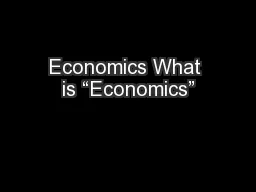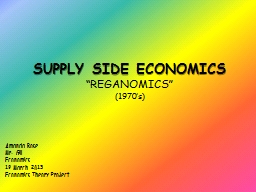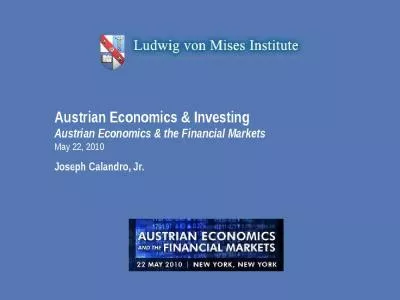PPT- Public Economics: Tax & Transfer Policies
Author : ellena-manuel | Published Date : 2016-07-09
Master PPD amp APE Paris School of Economics Thomas Piketty Academic year 20132014 Lecture 1 Taxes amp transfers why amp how much October 1 st 2013 check on
Presentation Embed Code
Download Presentation
Download Presentation The PPT/PDF document " Public Economics: Tax & Transfer..." is the property of its rightful owner. Permission is granted to download and print the materials on this website for personal, non-commercial use only, and to display it on your personal computer provided you do not modify the materials and that you retain all copyright notices contained in the materials. By downloading content from our website, you accept the terms of this agreement.
Public Economics: Tax & Transfer Policies: Transcript
Download Rules Of Document
" Public Economics: Tax & Transfer Policies"The content belongs to its owner. You may download and print it for personal use, without modification, and keep all copyright notices. By downloading, you agree to these terms.
Related Documents

